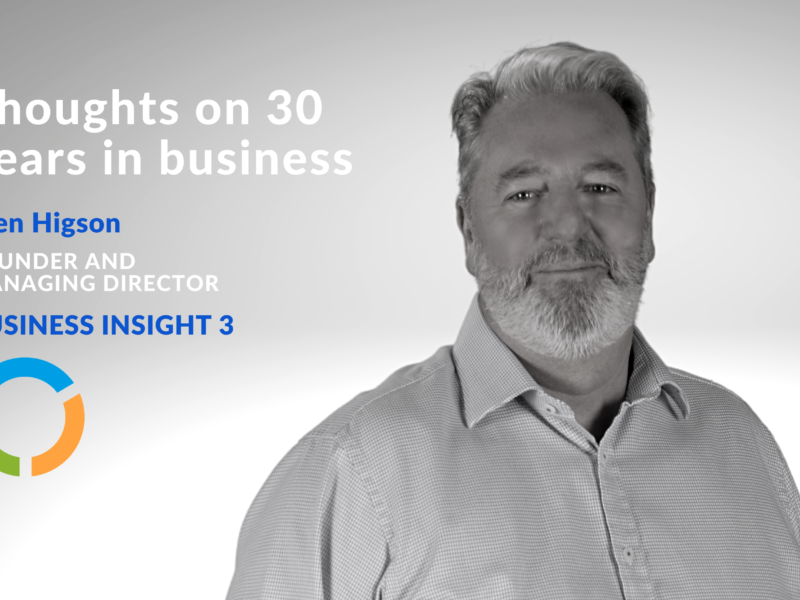5 Minute Read
Download the Full Presentation Guide Here
Below is a shortened version of the full presentation guide, download the full version above to get further insights and tips and tricks on small changes that will improve your speaking skills as well as improvements that help make your presentations look professional and experienced.
Creating, preparing and presenting well can make the difference in how successful you are in achieving your business and professional goals. Learning to embrace the anxiety and fear of failure and to confidently present your message is a key business and social (wedding speech!) skill worth improving.
See below and follow the link to read my personal ideas and tips, picked up during 35 years in business, on creating and delivering an effective presentation.
Key Highlights
- Why learn to present well?
- Planning
- What, who, why, where and how
- Creating the presentation
- The Presentation
- Practice, practice, practice
- Presentation Day
- Recommended Ted Talks
Why is public speaking so difficult?
The thought of public speaking will bring on some level of nervousness in nearly everyone, and in some cases, severe panic and fear. It even has its own name Glossophobia, studies have shown that people fear public speaking above death! If you are apprehensive about having to speak in front of a room full of people, you are not alone.
The anxiety may cause you to worry for weeks before a speech or presentation, find excuses not to do it, and even change jobs or turn down promotions that involve public speaking. During speeches, you can also feel physical symptoms such as:
- Shaking
- Blushing
- Heart palpitations
- Shortness of breath
- Dizziness
- Nausea
- Dry mouth
However, what we are looking at here is making a presentation to colleagues, customers, or our peers. In most cases, we can implement strategies and understanding that will help avoid the worst anxieties, build confidence, and help you deliver a successful presentation.
KILLER POINT: It’s not life or death it’s just a presentation!
Planning Part One – what, who, why, where & how
The better we prepare, the more we practice, the increasingly more confident we will become and so the better the chances we have of a successful presentation.
First things to think about:
- What am I presenting and what is the desired outcome/message?
- Who am I presenting to, how many people and what are they expecting?
- Visualise success, what does it look like?
Before you start to put anything together make sure you know the answers to the questions above. It is pointless preparing a 25 slide PowerPoint presentation that takes 90 minutes if, you only have 20 minutes!
KILLER POINT: Preparation is the key to your success
Planning Part Two: The Presentation (PowerPoint)
DO NOT start by trying to build the presentation in PowerPoint!
A movie director doesn’t immediately start filming, initially they build a storyboard to map out the message and flow of the film and highlighting key scenes.
So, let’s start by sketching out your ideas on a large format medium such as A3, a large whiteboard or flipchart. Use a thick pencil or marker pen so that you are not tempted, at this stage, to go into detail.
So, what do we need to think about at this stage?
(Find more content by downloading the full presentation Guide Including Presentation tips and Practice ideas)
KILLER POINT: You are the presentation, PowerPoint is an aid
So, presentation day has arrived. You have built a great set of slides, you have practiced well, you know what you are trying to achieve, and you are now ready to deliver. If you don’t have prior knowledge of the venue, can you visit prior to your presentation (the day before or the morning of the talk). If not done so previously, speak to the organiser about the running order, equipment, and timings.
You will still be nervous however, there should now also be excitement and a confidence that all the planning and preparation time you have put in will hold you in good stead and support you in delivering a great presentation.
Presentation day checklist
- Is all your equipment working (laptop, presenter, laser pen – spare batteries?)
- Have a routine that works for you – how you dress, what you eat, relaxation techniques
- Drink plenty of water and not too much caffeine
- Arrive in plenty of time, don’t rush things
KILLER POINT: Tell the audience what you are going to tell them – Tell them – Then tell them what you have told them
- Reflect – What went well, what could be improved?
- Feedback – what did the host think about your presentation? What did the audience think? Can you use feedback forms to gain insight?
- Are there colleagues who can critique the presentation?
- Was the presentation recorded for audio and/or video? Are you able to review?
- Is there a follow up with the audience or host via email or similar?
- When’s the next presentation!
(Find more content by downloading the full presentation Guide)
Additional Listening and literature – TED Talks
TED Talks are a brilliant and free resource to learn new skills, understand the psychology and skill behind presenting and, of course, a place to watch great and inspiring presentations.
Books:
- Talk Like TED – Carmine Gallo
- TEDTalks – Chris Anderson (Head of TED)
Presenting skills on TED:
- Anything by David JP Philips
Brilliant Presentations:
- Bryan Stephenson (2012)
- Larry Smith (2012)
- Sir Ken Robinson
- Seth Godin (2003)
- Robert Ballard (2008)
- Hans Rosling (2006)
Glen Higson, Founder and MD of Business Insight 3


 The best Video Analytics Solution for CCTV Monitoring Stations.
The best Video Analytics Solution for CCTV Monitoring Stations.